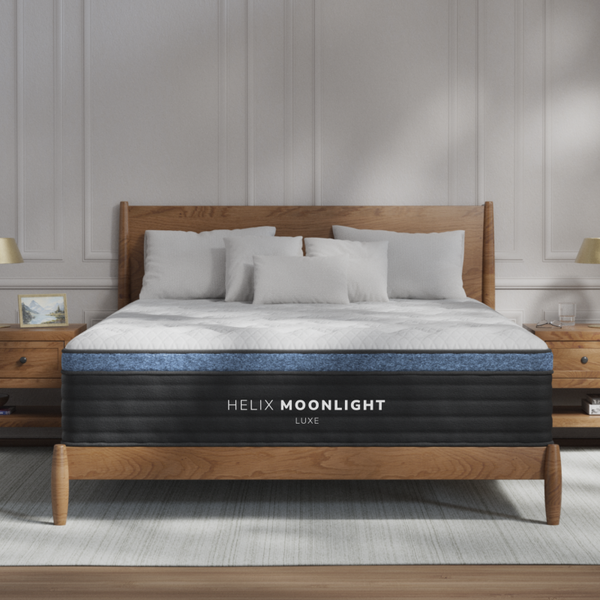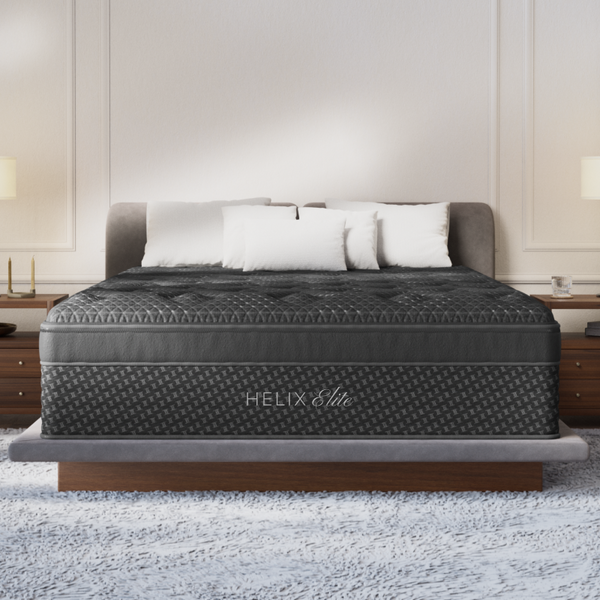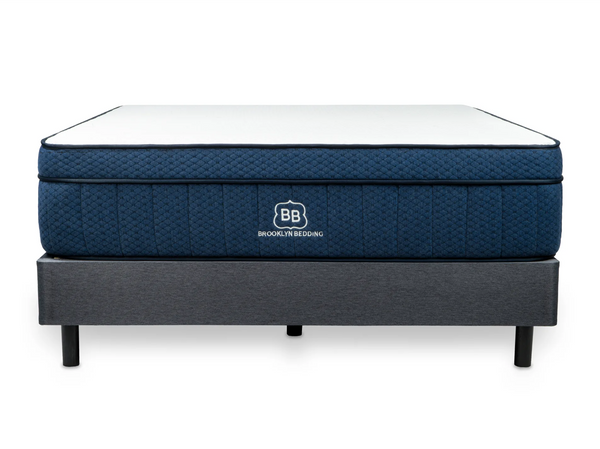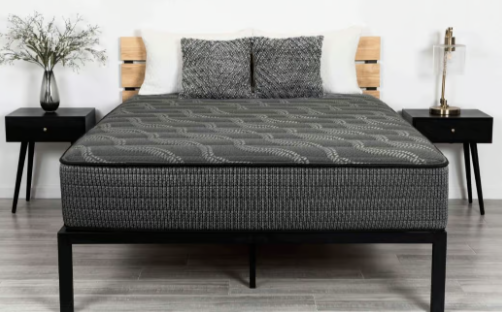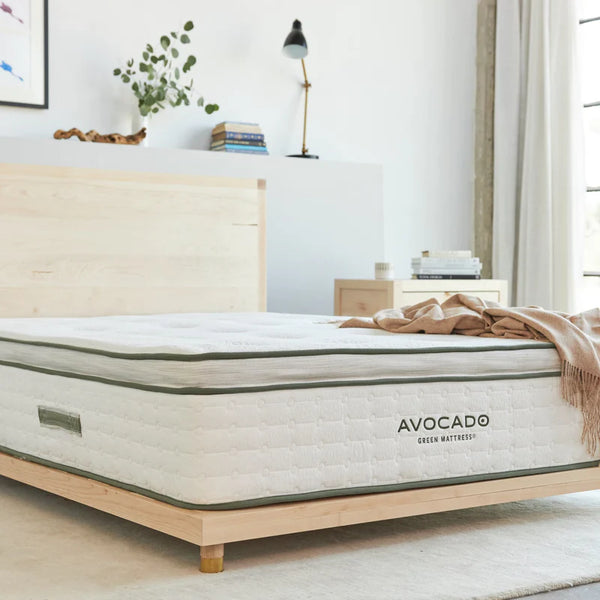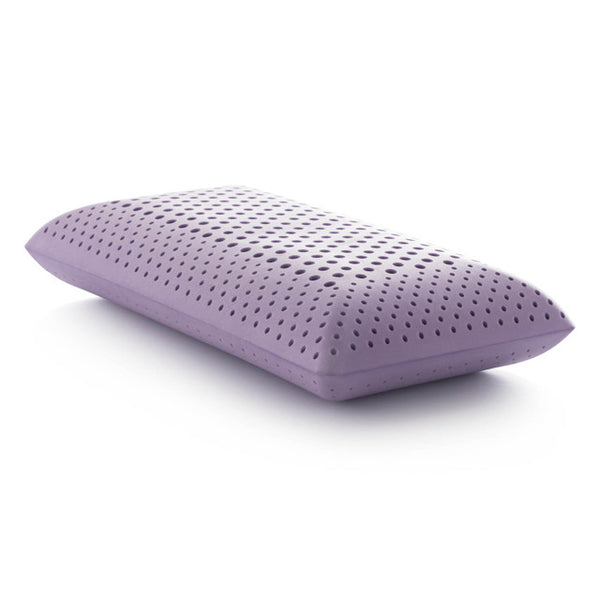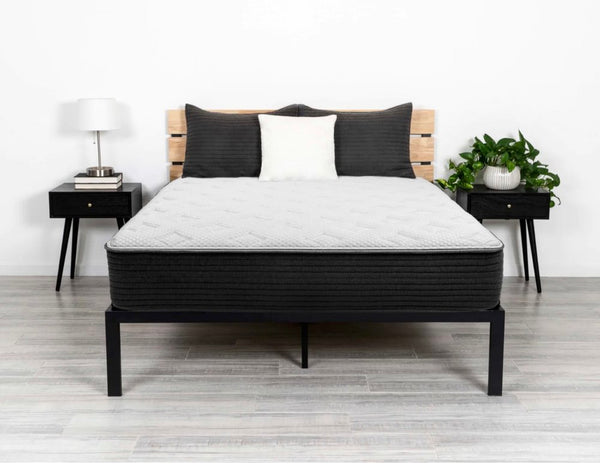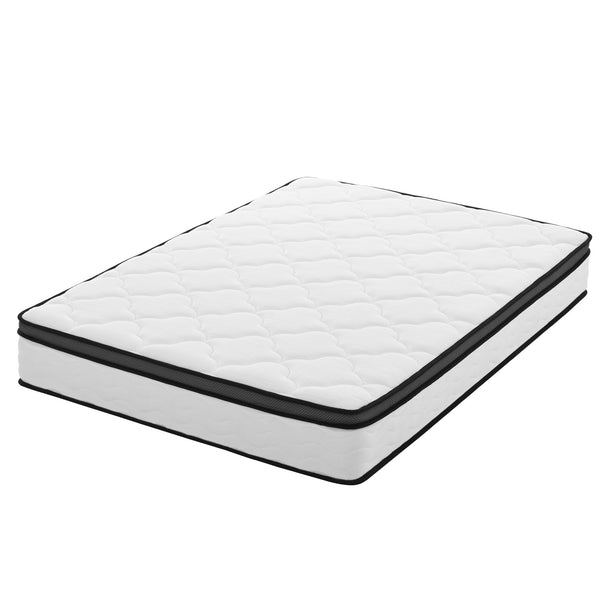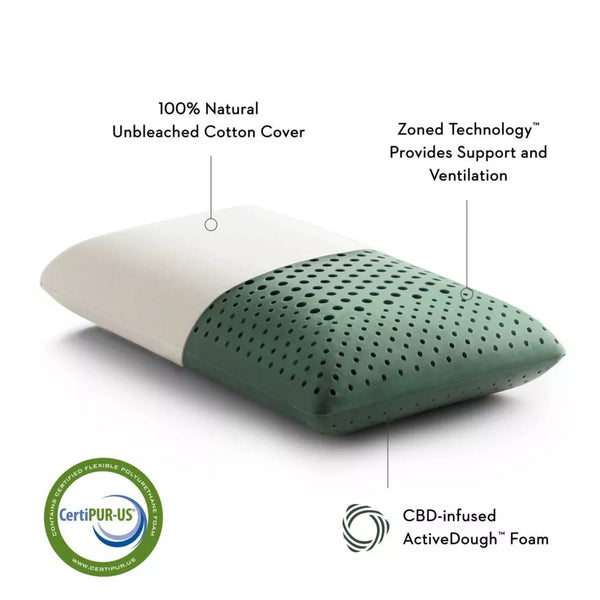
Memory foam mattresses tend to be ideal for accommodating body curves, relieving pressure from hips and shoulders while aligning your spine properly.
Memory foam pillows can assist side sleepers by supporting their neck.
Side Sleepers
The side sleeper position is one of the most popular options around the world as it provides security and comfort. Unfortunately, however, this position also puts stress on hips and shoulders; therefore, when selecting a mattress to support this position it should provide sufficient support without creating pain or discomfort.
Medium firm mattresses tend to be the best choice for side sleepers. This type of mattress provides enough stiffness to keep the spine aligned and yet softness for pressure relief in hips and shoulders; firmer mattresses can put too much strain on these areas which could result in long-term discomfort.
Pillows can also help relieve pressure on your shoulders and neck when sleeping in the side position. Try finding one with enough room for you to tuck your chin comfortably under it for optimal support of both neck and shoulder muscles.
As a side sleeper, it’s also important to use a mattress with good edge support; this will prevent you from rolling off when lying on your side. Furthermore, investing in one with an effective cooling system will prevent heat build-up while you sleep.
Hybrid mattresses tend to provide side sleepers with more support than all-foam beds due to the coil layers that add more stability under softer foams above them. Hybrids are also an economical solution if your current mattress doesn’t quite offer enough firmness – our Microplush Mattress Pad can make an existing mattress more comfortable while still being supportive; check it out today for yourself.
Back Sleepers
Are You a Back Sleeper? If you sleep on your back, you are one of a select few U.S. adults who favor this position. Health professionals consider back sleeping the optimal sleeping position as it promotes neutral spine alignment and minimizes risks of neck pain, back ache, and joint issues. Nevertheless, your mattress must support this supine sleep without straining the spine too much.
Medium-firm mattresses are an ideal solution for back sleepers. This firmness level can provide adequate support to lift the spine back into its natural alignment, relieving tension on hips and shoulders while simultaneously helping reduce snoring which may be an issue among some back sleepers.
Radermacher suggests using a pillow that promotes neutral posture while still supporting your head, such as memory foam or cervical contour pillows with their firm and soft structures that offer sufficient neck support and comfort respectively. Memory foam pillows have memory-foam memory-foam combinations designed specifically to meet this need, while cervical contour pillows feature bolsters designed to fit naturally into the forward curve of your neck for additional support and relaxation.
Find a suitable pillow is important, but finding an adequate bed frame is equally crucial to back sleepers. A sturdy foundation such as a box spring will provide extra support for your mattress and help prevent it from sagging over time. If you prefer modern platform beds with sturdy supports.
Some mattresses feature built-in foundations that make life easier for back sleepers by eliminating an additional piece of furniture. If space is an issue, investing in a mattress topper could add cushioning while improving the quality of your mattress. Light stretching before going to bed can also help relieve tension in your back and avoid spinal stress throughout the night – the tips above should help you find a mattress suited to your preferred sleep position and ensure restful slumber!
Stomach Sleepers
Stomach sleeping is more common than you might realize; 16% of adults sleep on their stomachs according to one survey. Unfortunately, stomach sleeping can put additional stress on both your back and neck, leading to shoulder pain or even numbness in arms and hands if you toss and turn during the night – not to mention worsening snoring and sleep apnea since this position flattens out your natural curve of your spine and makes breathing harder at night. If this sounds familiar to you – it might just be that 16% who sleep this way aren’t aware that slumber can put extra stress on their back and neck, as well. If this position does feel comfortable – know it may put extra pressure on both structures at once; just know this if this position places additional stress on them – know it may increase stress on other parts of their bodies! snorea also increased due to flattening its natural curvature of spine which increases airway obstruction due to flattening its natural curvature resulting in worse snorea as it flattens its natural curve of spine making airway passage possible!
However, there are ways to ease the discomfort associated with sleeping on your stomach. A mattress that provides sufficient support – usually medium to firm mattresses – for this position may provide better support than soft or medium-soft ones, which might sink too deeply and put undue strain on hips and shoulders.
Hybrid or innerspring mattresses are ideal for stomach sleepers because these types of mattresses combine high-quality foam layers with innerspring or pocket coil support cores that respond quickly to movements – especially Marshall-stitch coils that enable rapid response time from the mattress and help protect the back and hips from sinking into bed too quickly.
Firm, high-density memory foam layers offer cushioned support to both your pelvis and chest area, as well as keeping your head from sinking too deeply into the pillow, which could result in spinal misalignment.
Finally, copper-infused memory foam offers the ultimate cooling comfort when sleeping on your stomach. When this heat builds up in your lower torso area during sleep, breathable fabrics like copper-infused memory foam prevent it from overheating and leaving you grouchy upon awakening.
If you must sleep on your stomach, it’s wiser to opt for thin pillows or none at all if possible; this will keep your neck aligned with its spine while in a prone position and may help avoid strain and soreness caused by sleep deprivation.
Combination Sleepers
Combination sleeping is defined as any individual who frequently shifts between two or more sleep positions during the night, such as switching positions between side sleeping, back sleeping and stomach sleeping positions. Movement during sleep may help improve circulation and reduce numbness risk in limbs while throwing your spine out of alignment and leaving achy joints and muscles.
Mattresses can accommodate for these changes easily; all you need is one that provides enough support, pressure relief and comfort to help keep you sleeping through the night and awake during the day.
Ideal, you should look for a medium-firm mattress that can adapt to various sleeping positions and accommodate different weight ranges, with plenty of give for contouring but firm enough support from different weight classes and keeping your spine aligned. If you’re heavy, however, considering investing in either a hybrid or innerspring mattress that provides additional side and under support so you don’t sink too deeply into it could also help ensure an ideal night of restful slumber.
Memory foam mattresses are ideal for combo sleepers as it responds quickly to shifting body movements, providing ample pushback relief and spine alignment support. Plus, memory foam beds tend to be cheaper compared to latex or hybrid options.
For lighter individuals, mattresses with layers of cooling gel-infused memory foam or innovative temperature-regulating fabrics typically work just fine. If mobility issues exist however, more resilient and responsive mattresses that adapt to shifting positions might be necessary.
An ideal option for combination sleepers is a hybrid mattress which combines the benefits of both innerspring and foam mattresses, such as Amerisleep Organica’s collection of individually encased coils on its bottom to provide superior support and cushioning, balanced by layers of airflow-facilitating breathable foam on top that maximizes air flow and cooling capabilities. Furthermore, pocketed coil support layers add durability.

